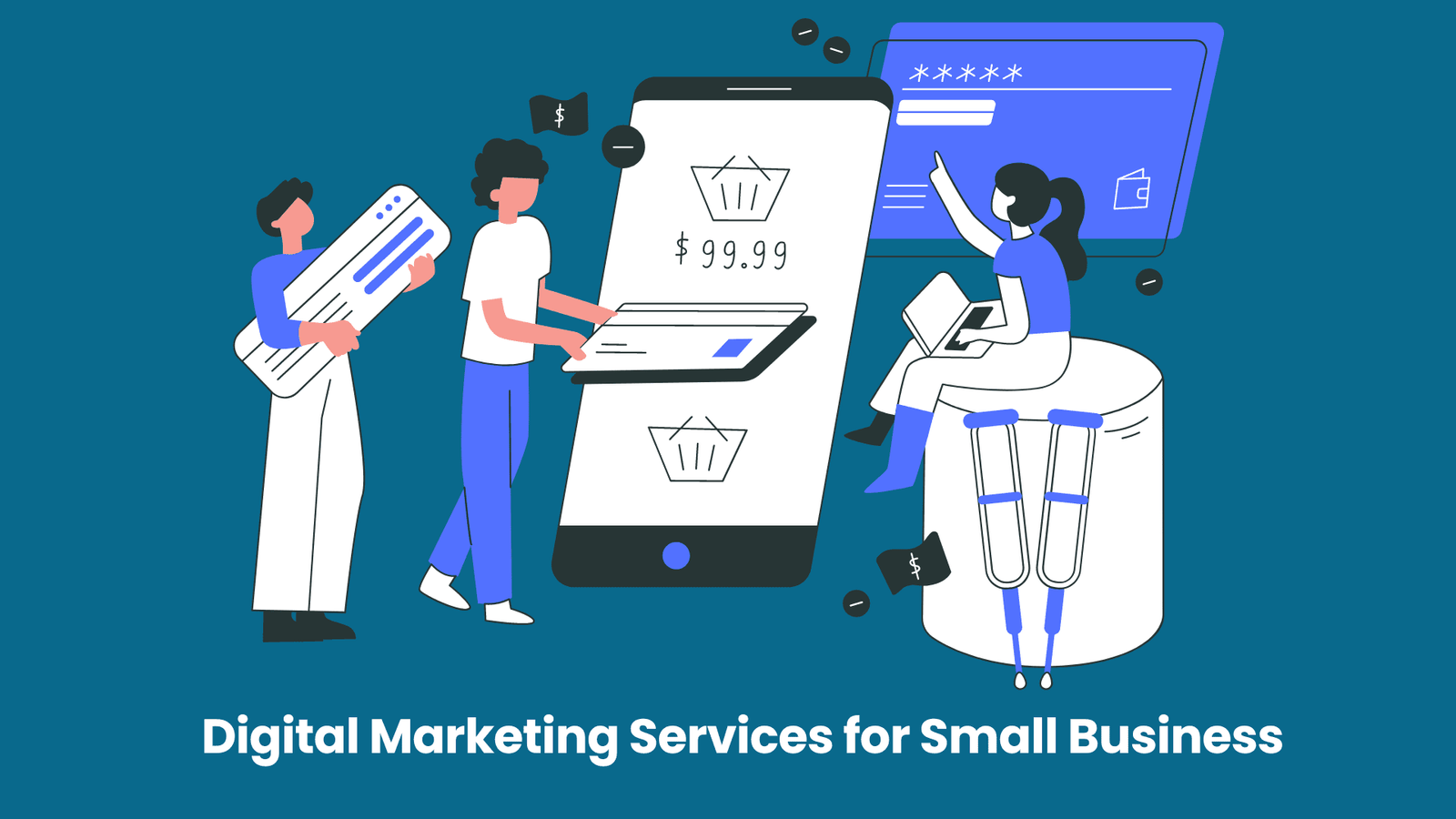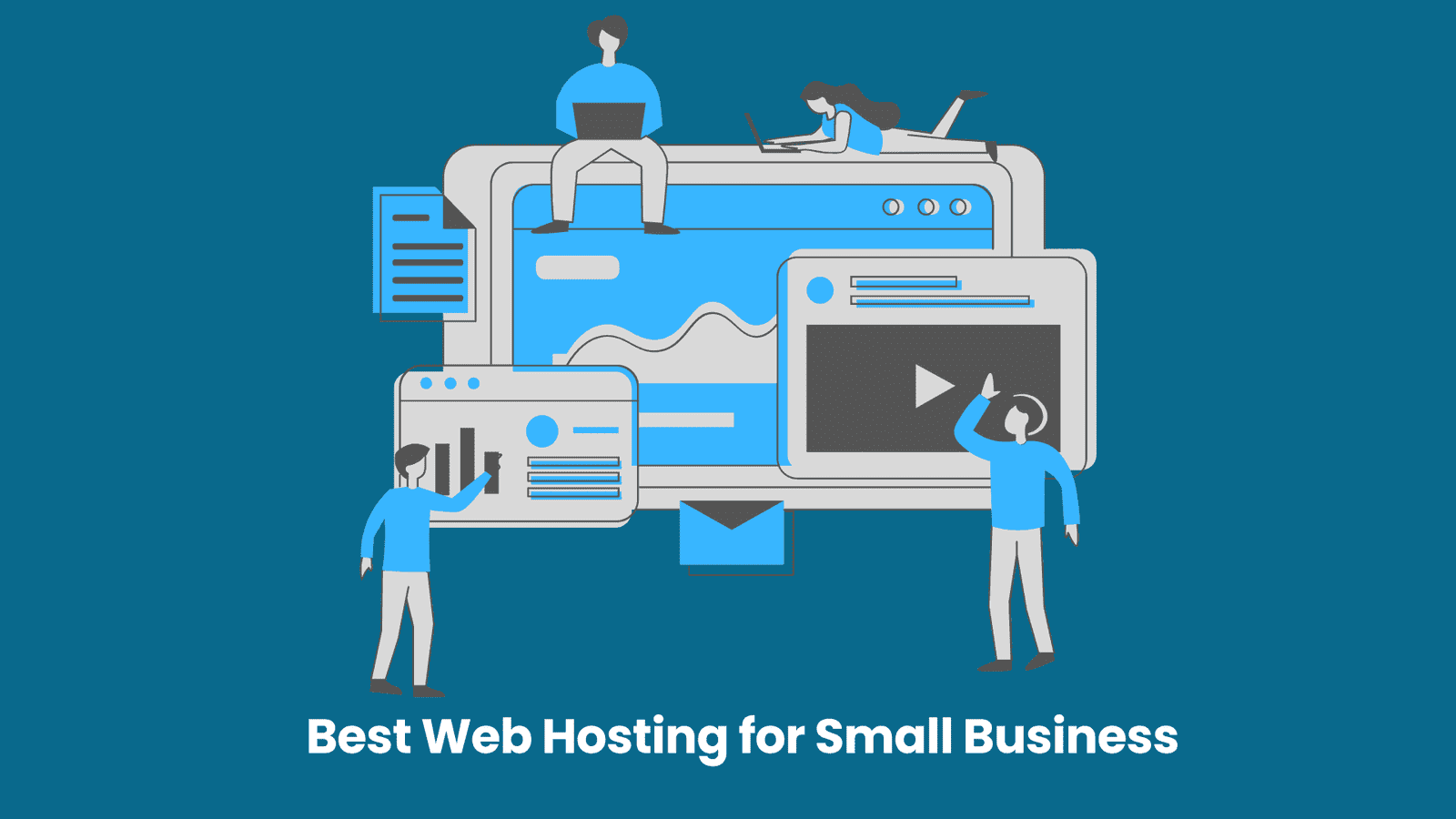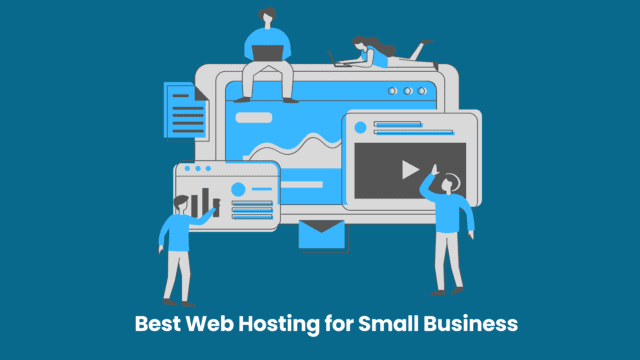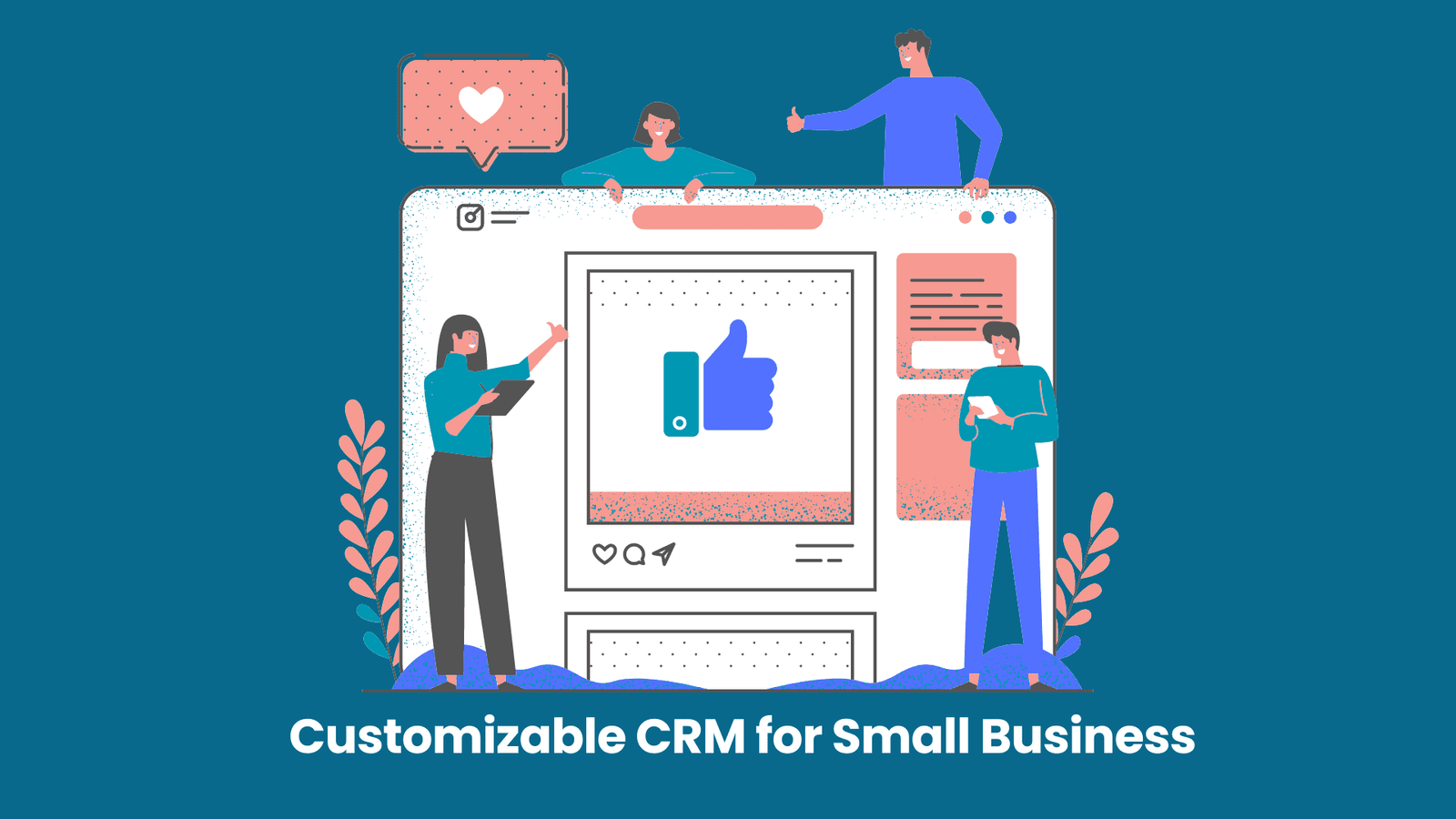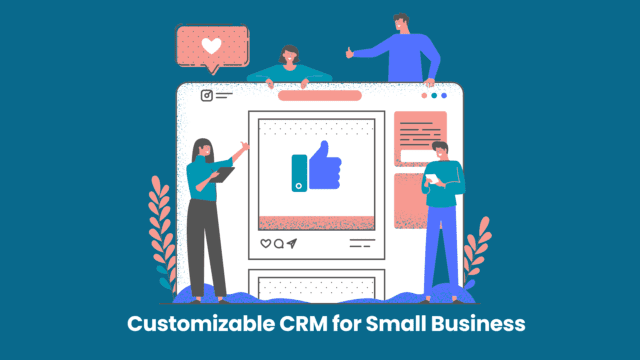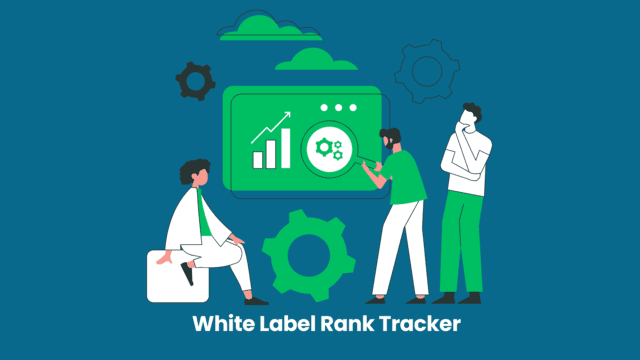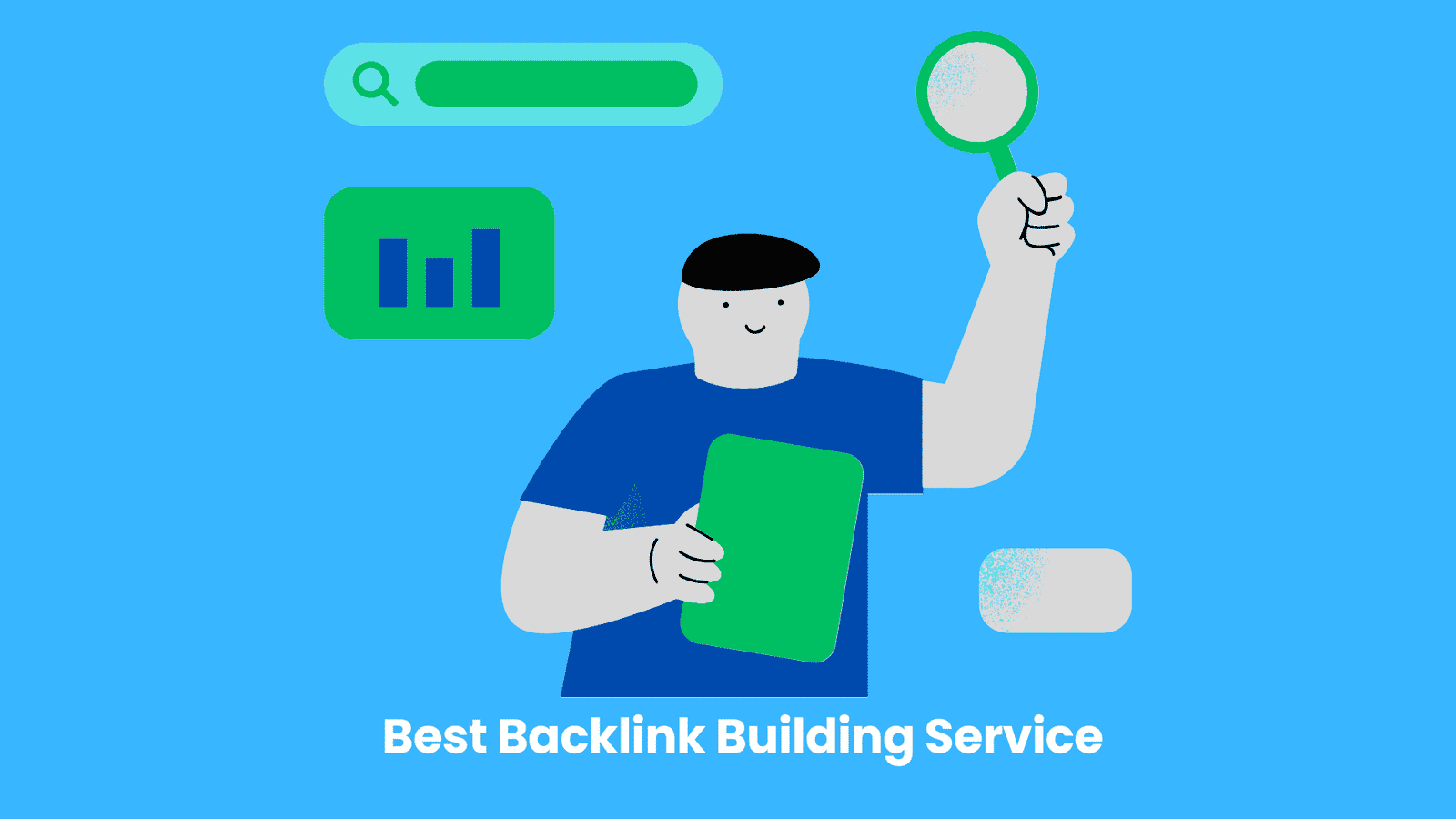Need the best credit card machine for small business? Look no further! Square Reader offers a hassle-free installation, supports all major credit cards, and contactless payments with chip technology too! #TheBestCreditCardMachineforSmallBusiness
The Best Credit Card Machine for Small Business: A Comprehensive Guide
If you’re a small business owner looking for the best credit card machine to streamline your payment process, you’ve come to the right place. In this comprehensive guide, we’ll explore the top options available in the market along with their features, pros, and cons.

1. Square Reader
Features of Square Reader:
- Easy setup and user-friendly interface: Square Reader offers a hassle-free installation process. Allowing small business owners to start accepting payments quickly. The user-friendly interface ensures a smooth payment experience for both business owners and customers.
- Accepts all major credit cards: Square Reader is compatible with all major credit cards. Making it convenient for customers to pay using their preferred method.
- Contactless and chip-enabled payment support: With support for contactless cards and chip technology. Square Reader keeps up with the latest payment trends and ensures secure transactions.
- Seamless integration with Square Point of Sale (POS) system: Business owners using Square Reader can benefit from the seamless integration with Square’s robust POS system. Which offers additional features like inventory management, reporting, and employee management.
- Offline payment support is available: In case of intermittent internet connectivity. Square Reader has the capability to process payments offline, ensuring uninterrupted sales.
Pros of Square Reader:
- Affordable pricing, with no upfront fees: Small business owners appreciate Square Reader’s transparent pricing model. Which doesn’t involve any upfront fees. This makes it a cost-effective choice for businesses of all sizes.
- Suitable for both in-person and mobile payments: With Square Reader, you can process payments both in-person at your checkout counter and on-the-go using a mobile device. This versatility is valuable for businesses that operate in diverse settings.
- Offers a range of additional business management tools: Square provides a suite of business management tools, including inventory tracking, sales analytics, and customer relationship management (CRM) capabilities, empowering small business owners to make informed decisions and grow their businesses.
- Fast and secure transactions: Square Reader ensures swift payment processing. While maintaining high levels of security to protect both businesses and their customers.
Cons of Square Reader:
- Requires a stable internet connection for real-time processing: As Square Reader relies on internet connectivity. A stable internet connection is necessary for real-time transaction processing. Businesses operating in areas with limited internet access may face challenges.
- Limited customer support options: Though Square offers customer support. Some users have reported challenges reaching a live representative for assistance, depending on their specific needs.
2. PayPal Here
Features of PayPal Here:
- Accepts major credit cards, including PayPal payments: PayPal Here allows small businesses to accept various payment options. Including major credit cards and payments made through customers’ PayPal accounts.
- Mobile card reader compatible with smartphones and tablets: With a mobile card reader that works seamlessly with smartphones and tablets. You can conveniently process payments anywhere, at any time.
- Inventory management and reporting tools were available: PayPal offers additional features like inventory management and reporting tools. Which can aid in keeping track of sales, managing stock, and analyzing business performance.
- Offline payment support for limited transactions: PayPal Here provides offline payment support for a limited number of transactions. Which can come in handy during brief internet outages or when conducting business in remote areas.
- Integration with the PayPal ecosystem: For businesses already using PayPal for online transactions, PayPal Here offers a smooth integration. Allowing comprehensive management of all payment types.
Pros of PayPal Here:
- Simple setup and easy-to-use interface: PayPal Here boasts a user-friendly setup process. Making it accessible to business owners with limited technical knowledge. The intuitive interface ensures a smooth and hassle-free payment experience.
- Accepts contactless, chip, and swipe payments: PayPal Here supports various payment methods, including contactless payments, chip-enabled cards, and traditional swipes, catering to a wide range of customer preferences.
- Provides instant access to funds through a PayPal account: Upon successful transactions, funds can be instantly accessed. Through the business’s PayPal account, it enables quick and seamless cash flow management.
- Good customer support options available: PayPal offers multiple customer support channels. Such as live chat, phone support, and extensive online resources, ensuring that assistance is readily available when needed.
Cons of PayPal Here:
- Transaction fees can be higher compared to other options: Some small business owners may find the transaction fees associated with PayPal Here slightly higher compared to other credit card machine providers. It’s recommended to consider the overall costs based on your business’s transaction volume.
- Limited offline payment functionality: PayPal Here does provide limited offline payment capabilities. Also, it’s important to note that the scope is restricted to a specific number of transactions. This may not be optimal for businesses relying predominantly on offline sales.
3. Clover Flex
Features of Clover Flex:
- Versatile portable payment device: Clover Flex is a portable payment device that offers versatility in the way businesses accept payments. It combines multiple functions into one compact device, catering to the needs of various industries.
- Accepts various payment methods, including contactless and chip: Clover Flex supports a wide array of payment methods, including contactless cards, chip-enabled cards, and traditional magnetic stripe swipes, ensuring a seamless payment experience for customers.
- Integrated barcode scanner and camera for inventory management: The embedded barcode scanner and camera in Clover Flex simplify inventory management tasks by allowing businesses to easily scan products and track stock levels.
- Customizable point of sale (POS) system: Clover Flex provides a customizable POS system, enabling businesses to tailor their checkout process, track sales, manage employees, and streamline operations according to their specific requirements.
- Offers a range of business management tools: Beyond payment processing, Clover provides additional business management tools such as advanced reporting, employee management, and customer engagement features, empowering small business owners to efficiently run their operations.
Pros of Clover Flex:
- Powerful performance and flexibility: Clover Flex delivers robust performance and versatility. Making it suitable for businesses of varying sizes and industries.
- Supports offline payments and transaction syncing: With offline payment functionality, Clover Flex allows businesses to continue accepting payments even without a stable internet connection. Transaction data automatically syncs once connectivity stands restored.
- Advanced security features for secure transactions: Clover Flex prioritizes security, offering end-to-end encryption, secure data storage, and compliance with industry security standards, ensuring secure transactions and protecting sensitive customer information.
- Strong customer support: Clover provides reliable customer support, readily available to assist businesses with any technical issues or inquiries, ensuring a smooth user experience.
Cons of Clover Flex:
- Higher pricing compared to other options: The cost of Clover Flex may be comparatively higher than some other credit card machine providers on the market. Businesses should consider their budget and specific requirements before making a decision.
- Requires a merchant account with Clover to use all features: To access the full range of features and capabilities offered by Clover Flex, a merchant account with Clover stands required. Also, This additional step may involve some setup processes and additional fees, depending on the provider.
These are just a few of the top credit card machines available for small businesses. Each option comes with its own set of features, advantages, and disadvantages. We recommend researching further and comparing them based on your specific business needs and budget before making a decision.
Remember to consider factors such as transaction fees, ease of use, integration options, customer support, and overall reliability to choose the best credit card machine for your small business.
Comparison Charts of the Best Credit Card Machine for Small Business
| Features | Square Reader | PayPal Here | Clover Flex |
|---|---|---|---|
| Easy setup | Yes | Yes | Yes |
| User-friendly interface | Yes | Yes | Yes |
| Accepts major cards | Yes | Yes | Yes |
| Contactless support | Yes | Yes | Yes |
| Chip-enabled support | Yes | Yes | Yes |
| Integration with POS | Yes | Yes (PayPal ecosystem) | Yes (customizable POS) |
| Offline payment support | Yes | Limited | Yes |
| Pricing | Affordable with no upfront fees | Transaction fees may be higher compared to other options | Higher pricing compared to other options |
| In-person & mobile use | Yes | Yes | Yes |
| Additional tools | Inventory management, reporting, and CRM capabilities | Inventory management and reporting tools | Inventory management, barcode scanner, customizable POS, advanced reporting, employee management, and customer engagement features |
| Transaction fees | Transparent pricing model | Transaction fees may be higher compared to other options | Higher pricing compared to other options |
| Customer support | Some users reported challenges reaching a live representative | Good customer support options available | Strong customer support |
| Internet requirement | Stable internet connection for real-time processing | Stable or intermittent internet connection | Stable or intermittent internet connection |
| Offline payment limit | Unlimited | Limited | Unlimited |
| Offline payment scope | Good for businesses with limited internet access | May not be optimal for businesses relying predominantly on offline sales | Good for businesses with limited internet access |
| Security | Ensures secure transactions | Ensures secure transactions | Offers advanced security features |
| Customization | Limited | Limited | Customizable POS |
| Integration options | Seamless integration with Square’s robust POS system | Good customer support options are available | Integration with Clover |
Overview
These comparison charts provide an overview of the features, pros, and cons of three popular credit card machines for small businesses: Square Reader, PayPal Here, and Clover Flex. Each option offers different capabilities and pricing models, so it’s important to evaluate your specific business needs and budget before making a decision.
Consider factors such as ease of use, acceptance of major cards, contactless and chip support, integration with POS systems, offline payment support, pricing, additional tools, transaction fees, customer support, internet requirements, security features, customization options, and integration possibilities. Taking these factors into account will help you choose the best credit card machine that suits your small business requirements.
Bottom line
This comprehensive guide provides an overview of the best credit card machines for small businesses. It discusses three popular options: Square Reader, PayPal Here, and Clover Flex. Also, The guide examines the features, pros, and cons of each machine and provides comparison charts for easy reference.
Factors to consider when choosing a credit card machine include ease of use, acceptance of major cards, contactless and chip support, integration options, offline payment support, pricing, additional tools, transaction fees, customer support, internet requirements, security features, customization options, and integration possibilities. Small business owners are encouraged to research and compare these options based on their specific needs and budget to ensure they choose the best credit card machine for their business.


